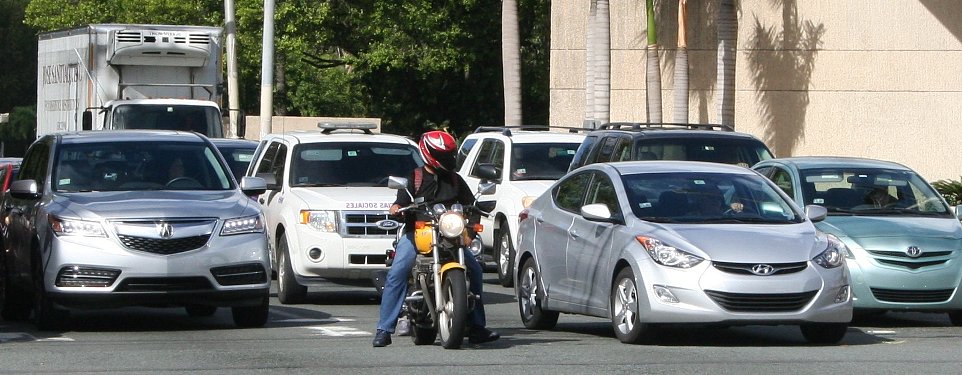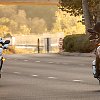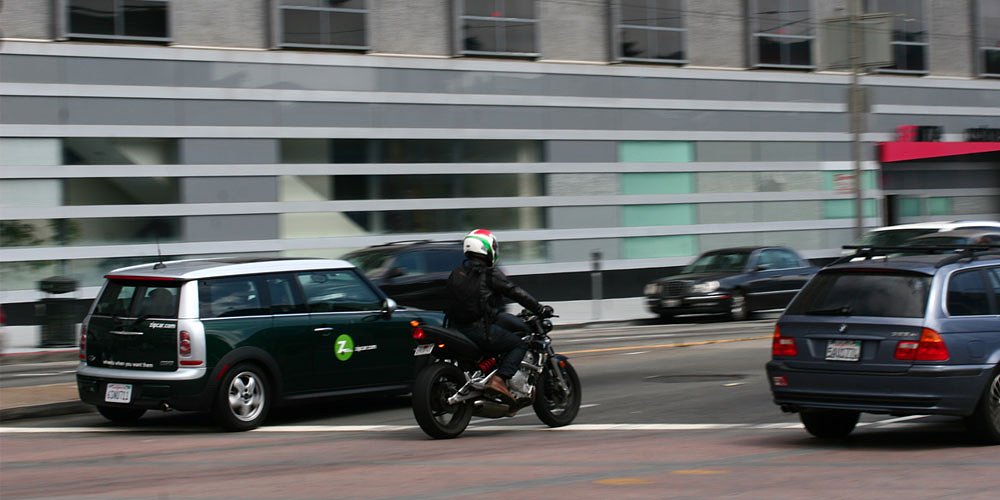A study commissioned by the California Highway Patrol (CHP) and done by the University of California at Berkeley has now found evidence to support what riders have been saying all along: When done prudently, lane-splitting does not increase motorcyclists' risk.
The study, first reported in the Sacramento Bee, was completed by U.C. Berkeley over the past year and discovered that lane splitting did not increase the dangers of riding a motorcycle as long as the riders stayed within 10 mph of the flow of traffic. Not shockingly, it said lane splitters were less likely to be rear ended, but were more likely to rear end a vehicle.
"If you are speeding or have a wide speed differential (with other traffic), that is where the fatalities came about," Chris Cochran of the Office of Traffic Safety told the Bee.
Those findings are in line with guidelines for lane splitting that the CHP had posted online. But when someone complained that the guidelines weren't being enforced (as is common with things called guidelines), the CHP removed them from their website.
The study was conducted using information from 80 law enforcement agencies, providing information on 8,262 riders who'd been in collisions. It found that 62 percent of motorcyclists engaged in lane splitting, both on the freeway and regular roads, which is up 7.5 percent from last year. That number jumps to 75 percent, if you just look at riders between the ages of 18 and 24. It's also interesting to note that they found that lane splitters were splitting at lower speeds and in slower moving traffic than they had been previously.
The authors of the report have promised further analysis to look at things such as age, gender, rider characteristics, and roadway conditions to further dig into what exactly is and isn't dangerous on the roads. Hopefully, this study will provide some factual information that can improve the chances of lane splitting being allowed in other parts of the country.

 Membership
Membership




